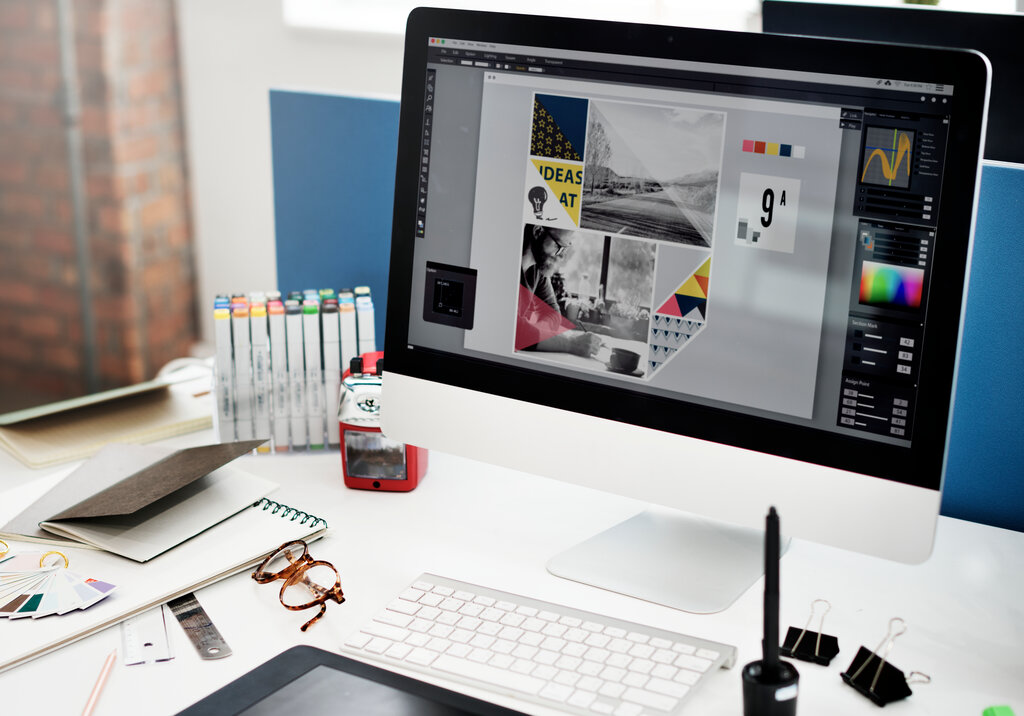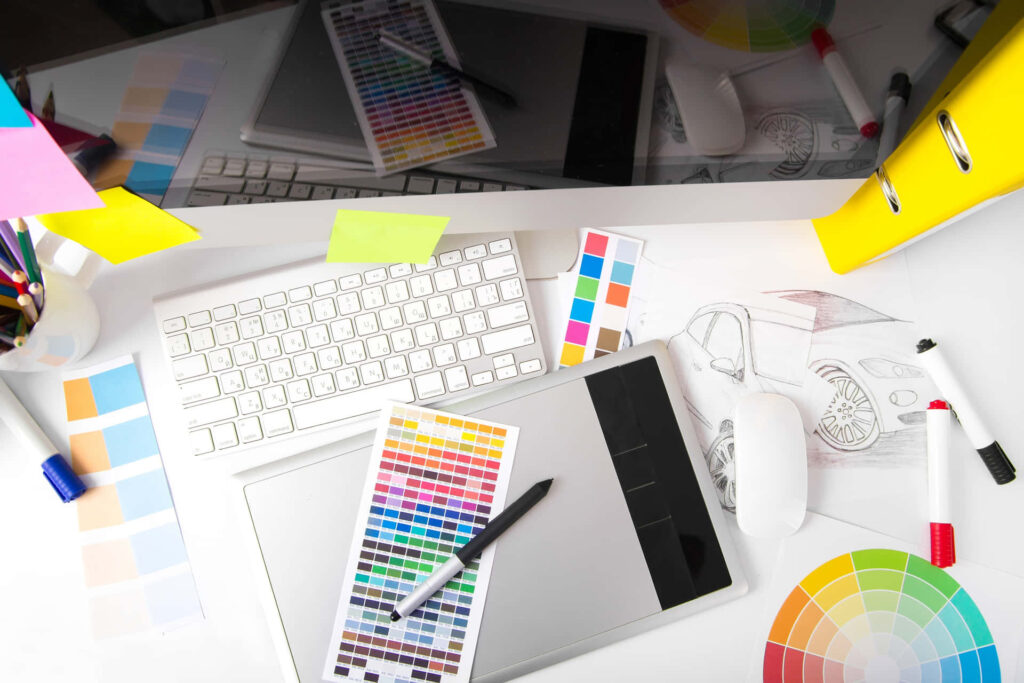The logo of a firm is among the most crucial components of its brand character. Having a distinctive logo is not just a need in a market becoming more competitive; it is also a luxury. The finest corporate logos communicate the core of the firm they reflect, build brand awareness, and make a strong impression on potential consumers. Still, what distinguishes a logo in a saturated market from others? Let’s investigate the main elements behind the success of a logo and how companies could create one for brand effect and corporate expansion.
Page Contents
Simple elegance and memorability
Simplicity is among the golden guidelines of successful logo design. One should be able to quickly identify a logo. Consider some of the most well-known logos in the world—Apple, Nike, and McDonald’s. They are straightforward, neat, and very identifiable right away. A messy or too complicated logo could mislead potential consumers and have little effect.
A basic logo is also more flexible, meaning it looks well on a company card, billboard, website, or mobile app across many media. When design logo for business use, give clarity and simplicity of identification top priority.
Distinctive and Timeless Design
Given the many companies running in every given sector, a distinctive logo is absolutely important. Should your logo seem like that of another firm, brand confusion and maybe legal problems might result. The greatest corporate logo designs are original and capture the special essence of the firm.
Another very vital quality is timelessness. Although it’s easy to follow design trends, a logo should last a lifetime. A design that looks fantastic now but is antiquated in a few years might compel expensive rebranding. Companies like Coca-Cola and IBM have kept their basic logo design for decades while making little changes to remain current.

Meaningful Symbolism
A great logo has significance in addition to looking good. The purpose, vision, and values of the business should all show in the logo. It should provide some quick business information. For instance, Amazon’s logo has an arrow going from “A” to “Z to represent its huge product line and customer happiness.
Think on the message or feeling you want to transmit while creating a logo for corporate success. A logo’s impression is influenced in part by colors, forms, and typeface. Blue, for example, usually denotes professionalism and confidence; crimson communicates intensity and passion.
Scalability and Versatility
Great logos should be flexible. Whether printed on a little product label or shown on a big billboard, it must appear nice in many sizes and forms. Maintaining scale and quality calls for vector-based designs.
Furthermore crucial are color variants. Strong logos look well in black-and- white as well as full color schemes. Your logo could require simplicity if its significance disappears when printed in monochrome.
Appropriate Typographic and Colour Use
Logo design benefits much from color psychology. Various hues arouse distinct feelings and connections. When selecting colors, take industry and message you like to convey into account.
For instance, blue is often utilized in business logos as it exudes dependability and confidence (Facebook, LinkedIn).
Often employed by companies in food and entertainment (e.g., Coca-Cola, Netflix), red is vibrant and energizing.
Green is a preferred among environmentally friendly companies as it stands for sustainability and expansion. Whole Foods, Starbucks is one of them.
Furthermore helping a logo to be successful is typeography. Whether contemporary, elegant, strong, or fun, the typeface should complement the corporate character. Custom typefaces help to define and identify a logo more precisely.
Industry Trend Adaptability
Although a logo should be classic, companies need also be mindful of changing design trends to guarantee their identity stays modern and relevant. This means making little improvements as needed rather than routinely revamping the logo. Many leading firms have quietly changed their logos throughout the years to keep a current appearance while still honoring their basic character.
Bringing the Logo into line with Brand Identity
The logo of a corporation should be a graphic portrayal of its brand identity. It ought to fit the target audience, values, and goal of the brand. A premium apparel firm may choose a sleek, sophisticated style, for instance, whereas a children’s toy company would use vibrant colors and whimsical typeography.
Crucially, one must know the target audience. While a legal business could pick a classic and professional style, a software startup serving young professionals might choose a futuristic design.
Design Logo for Corporate Success:
Following a disciplined design approach is crucial for companies wishing to either develop or redesign their logo:
Specify Your Brand Identification – Know your brand’s meaning before starting logo design. List important principles and messages the design should mirror.
Research the competition; study the logos of rivals to make sure yours is original. This generates a strong brand presence and helps prevent homogeneity.
Select the appropriate architectural elements. Choose fonts, colors, and symbols fit for your brand identity.
Work with expert designers; even although do-it-yourself logo designers exist, professional designers provide knowledge and inventiveness. Over time, paying for a premium logo pays dividends.
Test the logo on many platforms before deciding on it and get comments from possible consumers or stakeholders.
Guarantee Scalability and Versatility: The final logo should look great in digital and print forms as well as other sizes and media.

Case Studies: Superior Corporate Logo Designs
Examining effective logos might inspire companies trying to establish their own unique logo. Think of names like Apple, whose straightforward but elegant design communicates elegance and creativity.
- Nike: Perfect for a sports brand, the swoosh captures motion and speed.
- FedEx: The typeface’s hidden arrow gently accentuates delivery’s and speed’s concepts.
By stressing simplicity, purpose, and brand consistency, these firms have perfected the art of logo design.
End
Long-term profitability and brand awareness in a cutthroat sector depend on a distinctive logo. Simple, distinctive, meaningful, and flexible corporate logos are the finest ones available. Companies wishing to create logos for expansion in their company should concentrate on consistency with their brand identity, clarity, and symbolism.
The Best company logo designs may form the basis of a strong brand presence, therefore enabling companies to influence their audience permanently. Putting money into expert design and careful branding guarantees that a logo stays powerful for many years to come.




